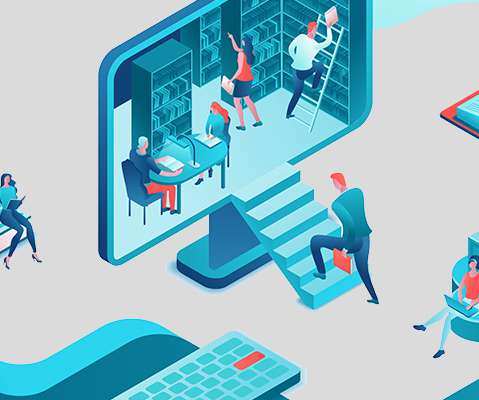Examples of eLearning 2.0
Clark Quinn
SEPTEMBER 22, 2008
internal processes on wiki starting to use wikis internally Moving faculty bookmarks to Delicious use wiki for learners to craft definition of 'seamless service' after searching orgs that proclaim to provide seamless service We hope to build wikis that our students can use to share information. approaches.










































Let's personalize your content